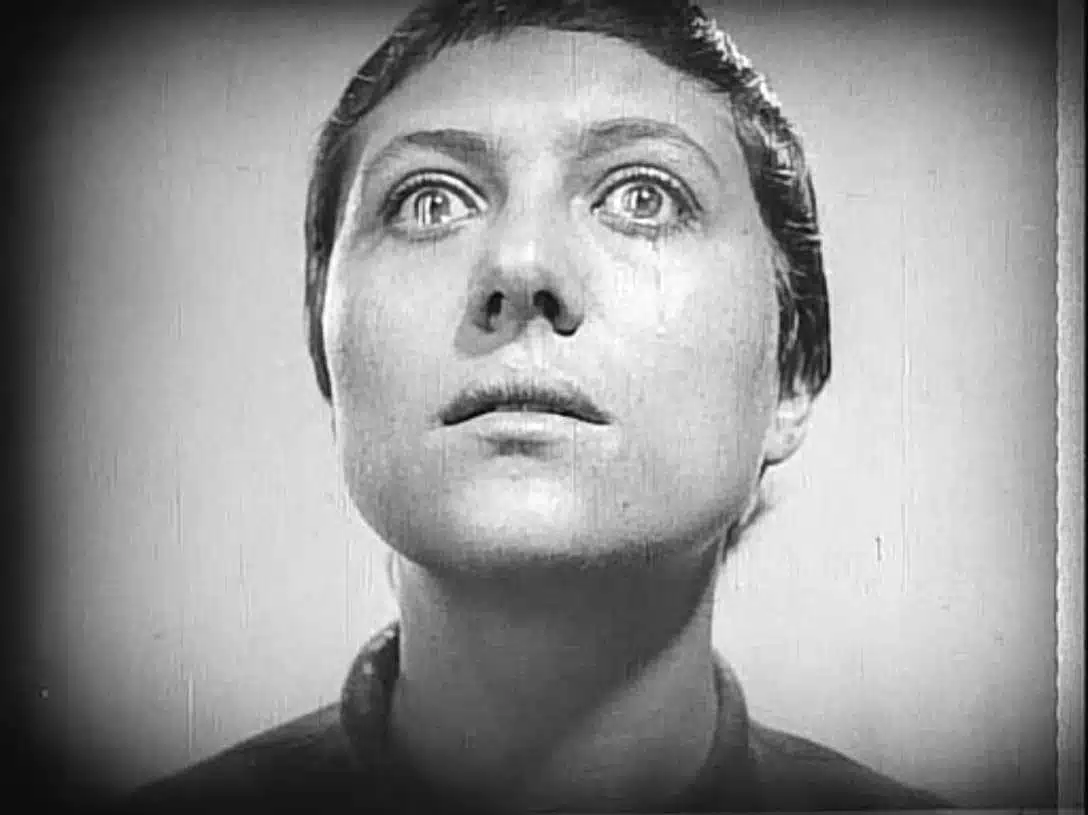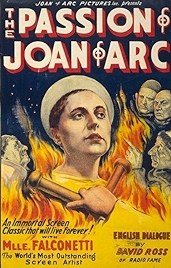A movie for every day of the year – a good one
16 December
Henry VI of England crowned king of France, 1431
On this day in 1431, Henry VI of England was crowned king of France. Born in 1421, Henry of Windsor had become king of England aged nine months. By 11 months, on the death of his grandfather, Charles VI, he had also been named king of France. Since he was a child and hardly in a position to do anything regal, two uncles ran the show for him. John of Lancaster (brother of the dead king, Henry V) became regent of France, while John’s brother Humphrey became Protector of England. Henry VI assumed full kingly duties on his 16th birthday. Though nationalist historians love to see the dynastic families of Europe as springing from the soil of the land they are most associated with, European territories were still, at that time, being passed about like parcels. The reason why an English king was claiming a French crown was because Henry was in fact the ancestor of the Norman, William, who had taken the English throne in 1066. And at the time the Norwegian king Harald was also claiming England as his. So it was that Henry VI was crowned king of France in Notre Dame Cathedral in Paris, 18 months after Charles VII Valois had crowned himself king of France in Reims cathedral. Henry VI was not a warrior king, and throughout his reign he lost increasing amounts of France in one battle after another – these were the final years of The Hundred Years’ War, essentially a war fought between rivals to the French throne. It was on hearing that he had lost Bordeaux in 1452 that Henry VI collapsed into his first bout of mental illness, a complete breakdown. He recovered in 1454, just in time to have his crown taken from him by Edward of York, who became King Edward IV. He became mad again, and was still raving when his forces’ victory at the second battle of St Albans secured his release. He once again became king. Within six months he had lost the crown again to Edward and, imprisoned in the Tower of London, died either of “melancholy” as contemporary reports would have it, or he was murdered on Edward IV’s orders. Henry VI was the last English monarch to lay claim to the crown of France.
The Passion of Joan of Arc (1928, dir: Carl Theodor Dreyer)
Often included in “greatest films ever made” lists, The Passion of Joan of Arc is the story of the young woman who had emboldened the Dauphin of France to crown himself Charles VI and drive out the English. Basing his script on transcripts from her original trial, writer/director Carl Theodor Dreyer picks up Joan of Arc after her capture, then follows her through her trial for heresy and ends with her execution by burning at the stake. Renee Maria Falconetti plays Joan, who delivers what “may be the finest performance ever recorded on film”, as Pauline Kael put it. Whether it is or not, it is Falconetti’s only performance on film and it was a bruising one, with Dreyer making her do innumerable difficult takes so he could compose the film in the editing suite. Students of conventional film editing won’t find much to take away here – this is a long way from your standard aggregation of filmic memes. Shot in close-up and medium shot, with no establishing shots, few hints as to how people relate to each other spatially, it comes across in some sequences almost as a series of stills, harsh, formally composed stills in the case of Joan’s inquisitors. As for Joan herself, she is shot softer, almost always in close-up, her face transfigured by suffering into something straight out of the medieval era. It’s a tough watch, both emotionally and in terms of its artistic severity (no one is wearing any make-up, for instance). And it’s fascinating in terms of technique – the swooping camera, the rapid tracking, the expressionistic camera angles. It is unique and once you’ve seen this silent masterpiece, its imagery will remain with you. And what is even more remarkable is watching it with the knowledge that this is not the film that Dreyer even intended. His original master print was destroyed and the version we have now was assembled by Dreyer from takes he’d originally rejected.
Why Watch?
- One of the most famous films ever made
- The cinematography by Rudolph Maté
- Falconetti’s only performance
- Hugely influential
The Passion of Joan of Arc – at Amazon
I am an Amazon affiliate
© Steve Morrissey 2013

